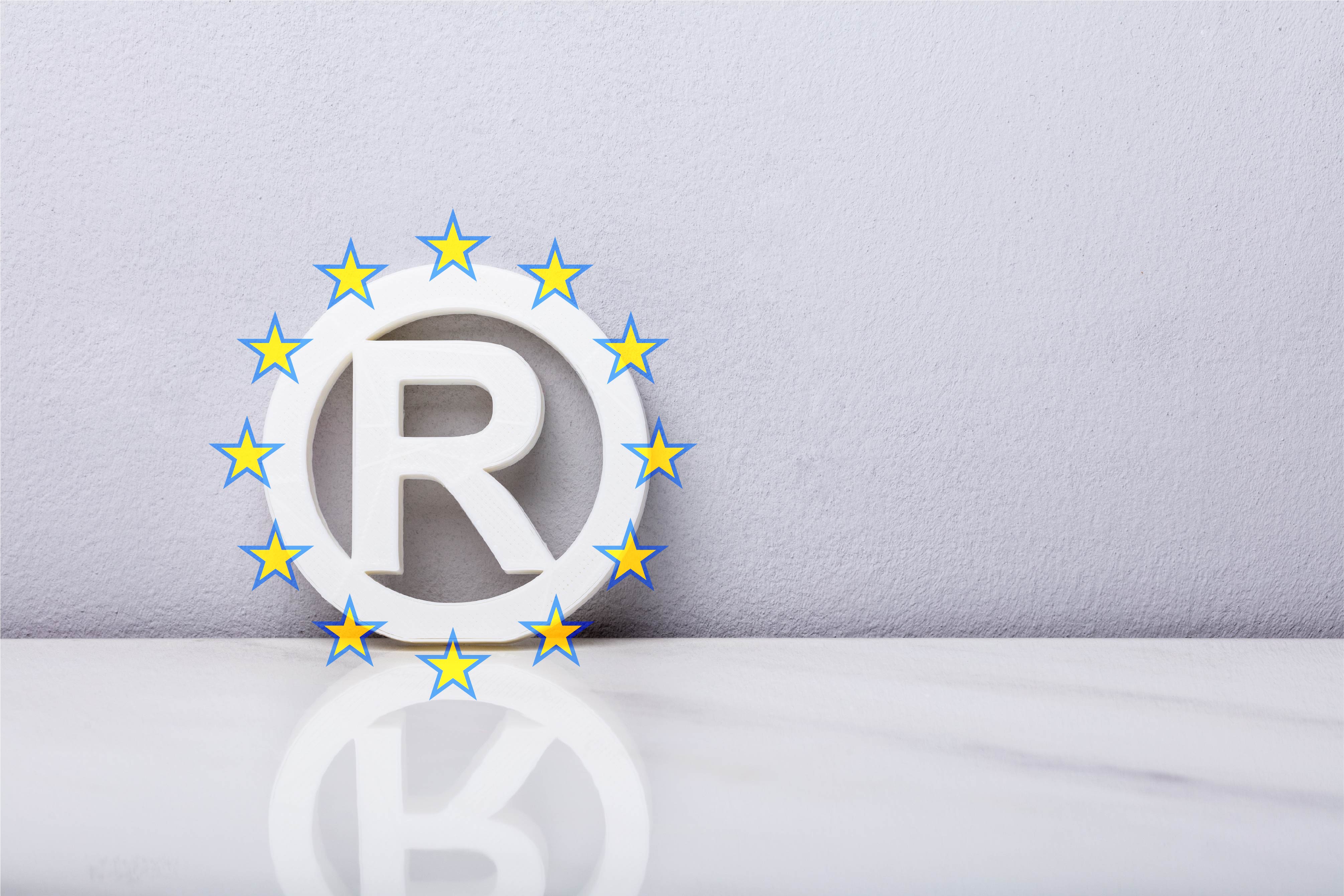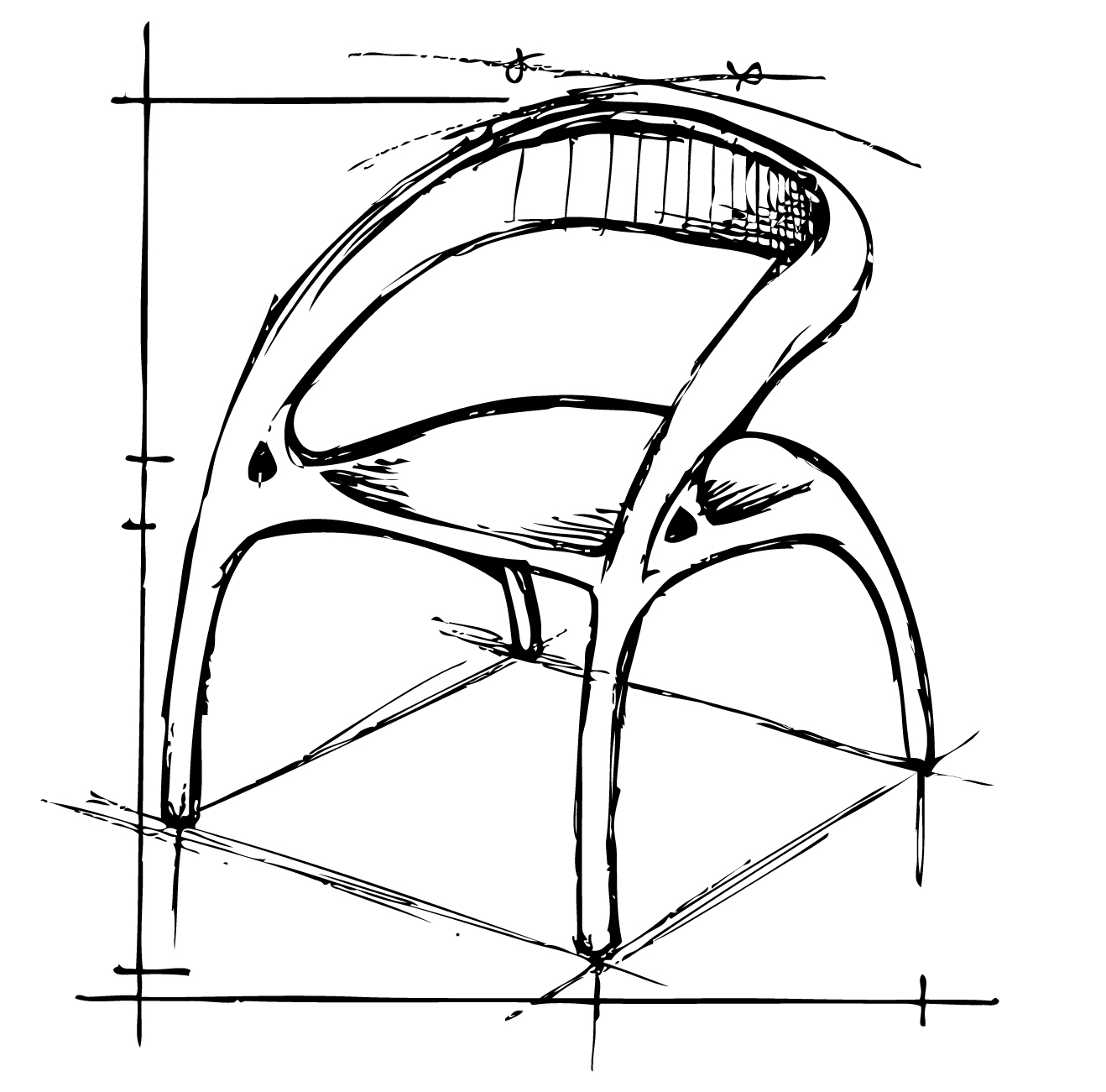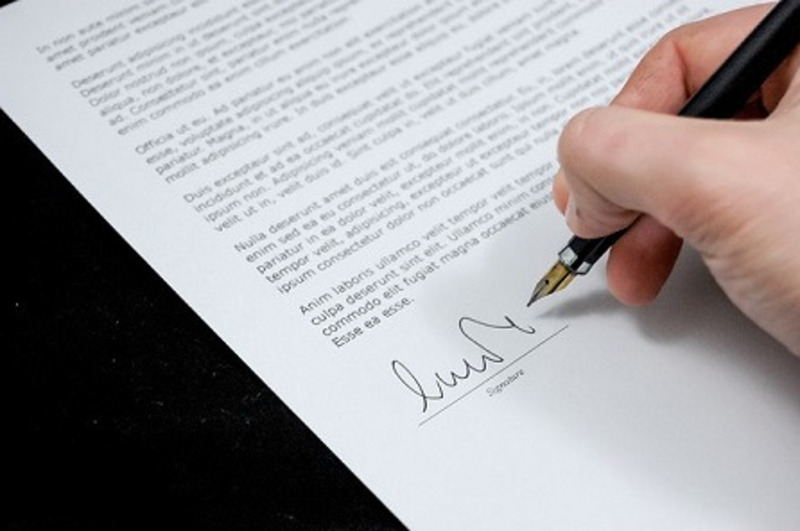
European Union (EU) trademark: should I go for it or choose to file separate national applications?
The first time the EU trademark notion was introduced was in 1964 in a draft Convention on European Trademark Law. The Regulation on the matter came into effect with Council Regulation (EC) No 40/94 of the 20th of December 1993, but it was not until the 1st of April 1996 that the first EU trademark applications were processed and the registrations began.
An application for a European Union trademark is examined and registered by the European Union Intellectual Property Office (EUIPO) in Alicante, Spain and it consists of a single procedure that will include all the 27 countries that are members of the European Union.
Comparing the EU trademark with the international trademark, and with filing separate national applications in European countries, is vital.
It is important to mention that the EU trademark system complements the international trademark, as it might serve as the basis of an international trademark. Moreover, international trademark applications can include the designation of the European Union as one of the selected territories.
Frequently, trademark applicants are unsure whether to register an EU trademark or simply file directly and separately in different European countries. Most of the time, if the applicants are interested in more than one European country, filing an EU trademark will be the best option.
Firstly, it is important to note that when you file an EU trademark, you are dealing with one institution (EUIPO), one examination, and one decision, while you are facing various institutions, examinations and decisions if you file separate national applications. In addition, the economic advantages are higher, as the number of countries in which the applicant will register their trademark increases. The fees for registering a trademark separately in 3 or 4 countries might be higher than doing it in a single procedure for all the 27 EU members through the EU trademark.
Nevertheless, if the EU application is rejected due to a specific country (example: an opposition to a national trademark in one of the European countries), the economic advantages will cease to exist. The applicant would lose the money used to file the EU trademark and would have to convert their application into separate national applications in the different European countries. The EU countries’ national trademark offices would then examine the converted trademark applications based on their national legal standards. Furthermore, the increasing number of countries in the EU increases the chances there will be third parties who consider that an EU trademark application conflicts with their trademark rights and oppose the application.
The best advice for applicants before making a decision regarding whether to move forward with the EU trademark registration or file separately country by country is to do a trademark search first. This way, they will have a reliable indication of whether there are any trademarks that might conflict with theirs and where such trademarks are registered, and may even contact these trademark owners to come to an agreement prior to the filing. Once this is done, the decision will come down to the economic aspect, and will probably be to proceed with the EU trademark application.
At SHIP we will be able to assist you with your trademark registration and with identifying the option that best suits your interests.
For more information about EU trademarks, please contact us at info@shipglobalip.com or directly to André Sarmento at asarmento@shipglobalip.com.












